Introduction
Baking and steaming bread, buns, and other dough-based foods are timeless culinary traditions enjoyed across various cultures. One crucial aspect of achieving perfectly cooked, fluffy, and delicious results lies in mastering the steaming process, particularly the duration for which the dough is steamed. The question “How long does it generally take to steam dough until it’s cooked?” is often posed by home cooks and professional bakers alike. This article aims to provide a comprehensive guide, exploring the various factors that influence steaming time and offering practical tips for achieving consistent results.

Factors Influencing Steaming Time
Before diving into specific timing guidelines, it’s essential to understand the multiple variables that can affect how long it takes for dough to cook through steaming. These factors include:
-
Type of Dough: Different doughs, such as those for steamed buns, bread, or dumplings, have varying compositions and densities. For instance, a yeast-based dough typically requires longer steaming than a simpler, starch-heavy dough like that used for dumplings.
-
Dough Temperature: The initial temperature of the dough can impact cooking time. Dough that has been allowed to rise to room temperature or slightly warmer will steam more evenly and potentially faster than cold dough.
-
Steamer Efficiency: The type and condition of your steamer play a significant role. Traditional bamboo steamers, electric steamers, and even makeshift setups using pots and colanders all offer different steaming environments. Efficient steamers maintain consistent temperatures and humidity levels, promoting faster and more uniform cooking.
-
Dough Size and Shape: Larger pieces of dough take longer to cook through than smaller ones. Additionally, the shape can affect heat distribution; flat or thinly spread doughs cook quicker than thick or rounded ones.
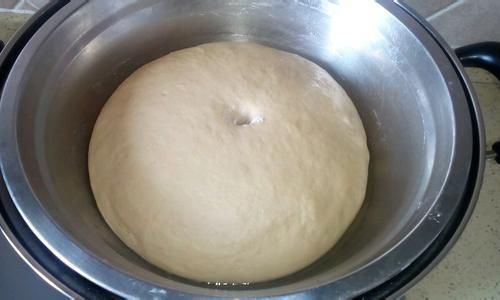
-
Altitude and Humidity: Environmental conditions such as altitude and ambient humidity can also influence steaming times. Higher altitudes often mean lower atmospheric pressure, which affects the boiling point of water and, consequently, the steaming process.
-
Desired Doneness: Personal preference for doneness, whether you prefer a slightly moist interior or a fully dried-out texture, will dictate the steaming duration.
General Guidelines for Steaming Dough
With these factors in mind, here are some general guidelines for steaming various types of dough:
-
Steamed Buns (Mantou, Baozi, etc.): Typically, yeast-raised dough buns require around 15 to 20 minutes of steaming. This time can vary slightly based on size; smaller buns might be ready in 12-15 minutes, while larger ones could take up to 25 minutes. Ensure the water in the steamer is boiling before placing the dough inside to minimize the risk of sticking and to ensure an immediate start to the steaming process.
-
Dumplings (Jiaozi, Gyoza, etc.): These smaller, often filled dough items generally steam for 8 to 12 minutes, depending on their size and the filling. For example, thin-skinned Japanese gyozas might need just 6-8 minutes, while thicker-skinned Chinese jiaozi could require up to 12 minutes.
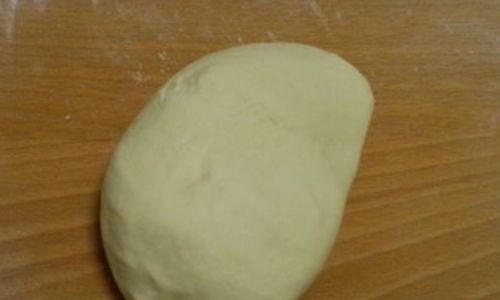
-
Bread and Loaves: Steaming bread, though less common than baking, is a traditional method in some cultures. It typically involves a longer process due to the density and size of the loaf. Expect steaming times ranging from 30 minutes to an hour or more, depending on the loaf’s size and the steamer’s efficiency.
-
Sticky Rice Cakes (Mochi, Nian Gao, etc.): These dense, sweet rice-based doughs require steaming for around 40 minutes to an hour, or even longer for larger pieces, to ensure they are fully cooked and tender.
Practical Tips for Successful Steaming
-
Preheat the Steamer: Always ensure your steamer is preheated and producing a steady stream of steam before adding the dough. This helps create an immediate and consistent cooking environment.
-
Space Dough Pieces Appropriately: Avoid overcrowding the steamer. Allow enough space between dough pieces to ensure steam can circulate freely, promoting even cooking.
-
Use a Liner or Cloth: Place dough pieces on parchment paper, silicone mats, or a lightly oiled cloth to prevent sticking to the steamer basket.
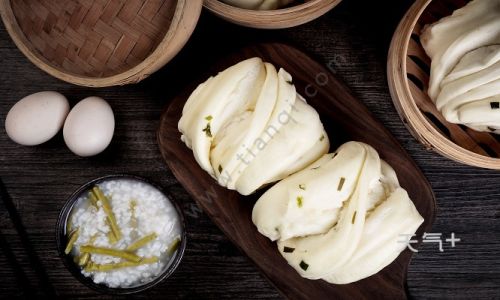
-
Check for Doneness: Use a toothpick or chopstick to gently pierce the center of a dough piece. If it comes out clean or with just a few crumbs attached, the dough is likely cooked.
-
Avoid Sudden Temperature Changes: After steaming, resist the urge to immediately open the steamer lid. Allow it to sit for a few minutes to prevent condensation from dripping onto the dough and causing it to become soggy.
-
Monitor Water Levels: Keep an eye on the water level in your steamer. Running dry can cause the steaming process to stop abruptly, leading to uneven cooking.
Conclusion
Mastering the art of steaming dough requires attention to detail and an understanding of the various factors that influence cooking time. By considering the type of dough, its initial temperature, the steamer’s efficiency, and environmental conditions, you can achieve consistently delicious results. Remember, the general guidelines provided are starting points; experimentation and personal preference will ultimately guide you to the perfect steaming time for your specific needs. Happy steaming!
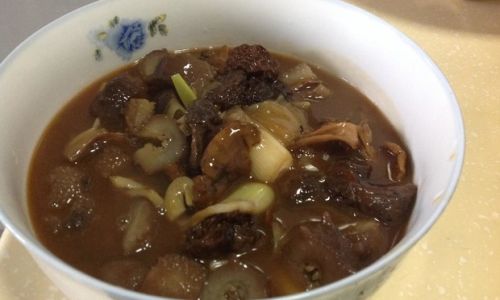
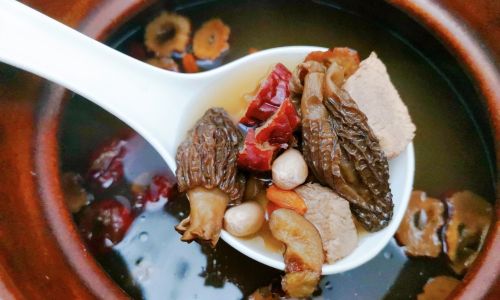


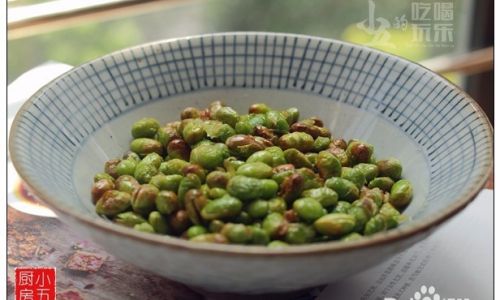
0 comments